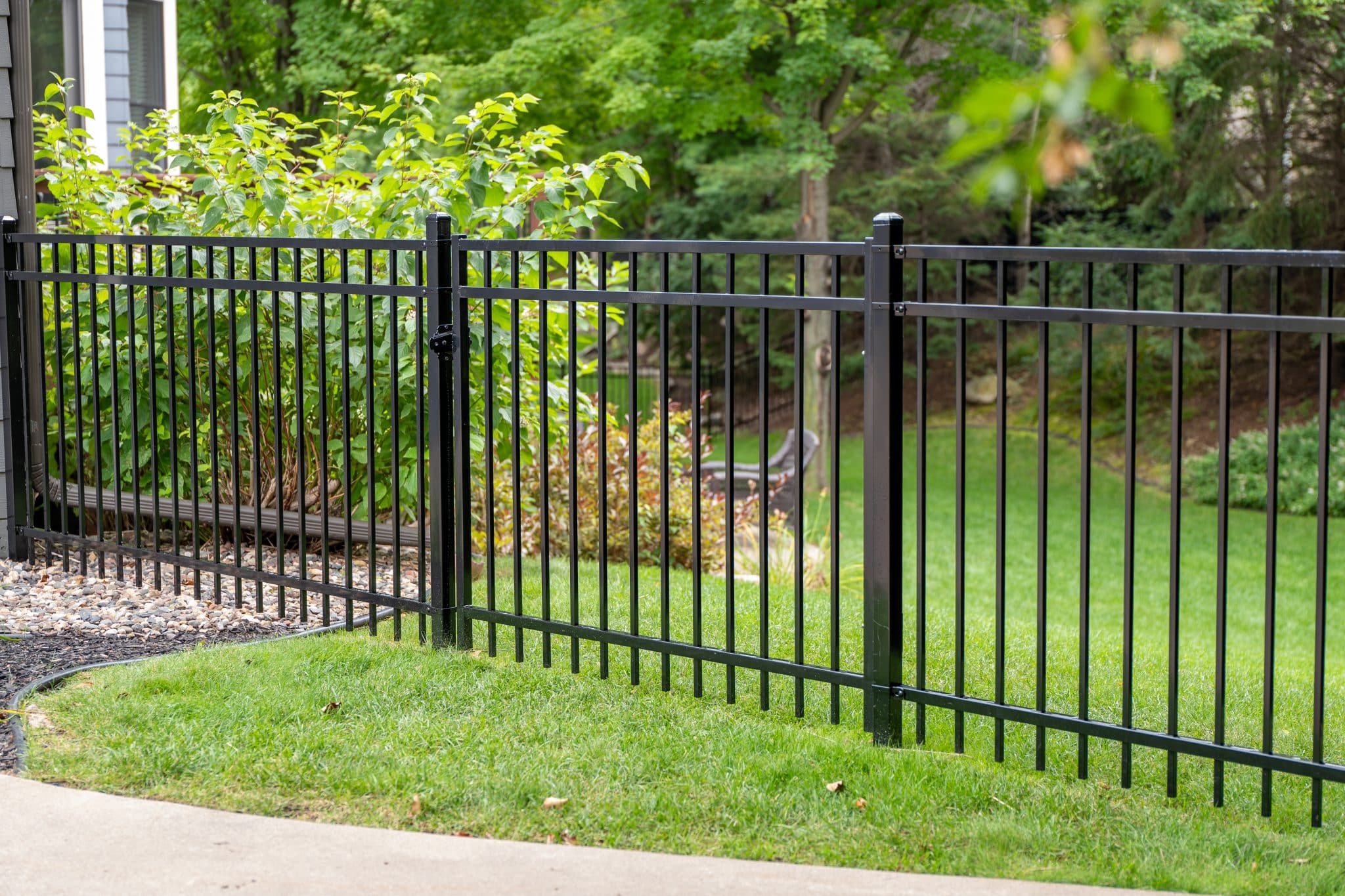Split rail fence post installation is a popular choice for homeowners looking for a practical, rustic, and cost-effective way to define property boundaries. While many people focus on the installation process itself, it’s equally important to understand what a split rail fence is, its benefits, and where it makes the most sense to use it.
What is a split rail fence?
A split rail fence is a traditional type of fencing with rustic origins, often associated with American farms and rural properties. It consists of wooden posts with pre-cut notches (or “splits”) that hold long horizontal rails in place.
This style is especially common in:
- Ranches and open land
- Large gardens and landscaped areas
- Properties seeking a natural, unobtrusive look
Its open design provides visual charm while serving functional purposes like marking boundaries or containing animals.
Benefits of split rail fence post installation
Affordability
Compared to vinyl, metal, or privacy wood fences, split rail fencing is one of the most economical options—both in materials and labor.
Easy customization
Split rail fences adapt easily to large or uneven terrain. Their flexible layout makes them ideal for sprawling properties and curved boundaries.
Rustic aesthetic
This fence style blends seamlessly with natural landscapes, offering a charming, rustic appeal that suits rural or countryside homes perfectly.
Functionality
Though not designed for high security, split rail fences are excellent for:
- Marking property lines
- Containing pets or livestock (especially when combined with wire)
- Creating visual structure without blocking views
Where split rail fence posts work best
Split rail fence post installation is ideal for:
- Rural properties and farmlands: Traditional and practical for wide open spaces.
- Suburban homes: Especially those with large yards or decorative landscaping.
- Gardens and residential green spaces: Adds charm and defines zones without overpowering the scenery.
- Parks and recreational areas: Often used in public trails, playgrounds, and outdoor facilities for safe zoning.
Split rail fence posts vs. other fence types
| Fence Type | Cost | Privacy | Aesthetic Style | Maintenance |
|---|---|---|---|---|
| Split Rail | Low | Low | Rustic, open | Low |
| Chain Link | Low | Low | Industrial/basic | Very Low |
| Vinyl | High | High | Clean, modern | Very Low |
| Wood (privacy) | Medium | High | Traditional, solid | Moderate |
Split rail fences stand out for their simplicity and affordability, but they may not be the best fit for homeowners seeking full privacy or enhanced security.
Durability and maintenance of split rail fence posts
The lifespan of a split rail fence depends largely on the type of wood and local environmental conditions.
- Cedar or locust wood: Can last 15–30 years with minimal maintenance.
- Pine or spruce: More affordable, but typically lasts 7–15 years.
Factors that impact durability:
- Constant exposure to moisture or heavy rainfall
- Soil contact and drainage
- Insect or pest activity
- Lack of protective coatings or treatments
General maintenance tips: Regular inspections, applying sealants, and clearing vegetation from the base help extend the life of your fence without requiring intensive upkeep.
Frequently asked questions about split rail fence post installation
How long do split rail fence posts last?
Posts made from rot-resistant wood like cedar can last 20–30 years. Pine or untreated wood may have shorter lifespans.
How far apart are posts usually placed?
Typically, posts are spaced 8 to 10 feet apart to support the horizontal rails securely.
Are split rail fences good for property value?
They can enhance curb appeal for properties where rustic charm is appreciated, though they don’t increase value as much as privacy fences.
Can split rail fence posts be replaced easily?
Yes. Since the structure is simple and modular, individual posts or rails can be replaced without disassembling the entire fence.
Conclusion
In summary, split rail fence post installation is a smart, low-cost solution for homeowners who want to define their property without investing in a high-security or privacy-focused fence. Its rustic charm, adaptability to terrain, and low maintenance requirements make it ideal for rural and recreational spaces.
While it doesn’t offer the same privacy as other fencing types, it’s a practical and aesthetic option for those who value simplicity and functionality.



